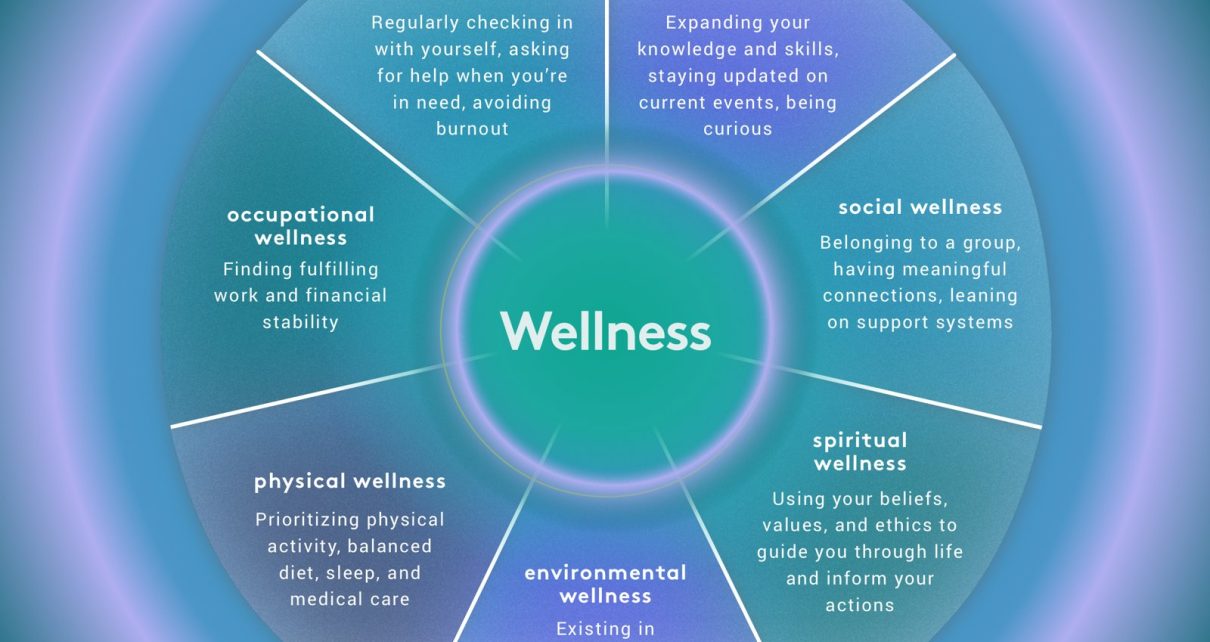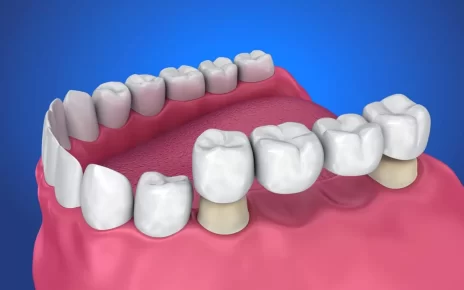Let’s be honest—living sustainably isn’t just about saving the planet. It’s about creating a healthier, more intentional life for yourself, too. But with so many products labeled “green,” “natural,” or “eco-friendly,” how do you know what’s legit? Here’s the deal: we’re breaking down the noise to help you make smarter, earth-friendly choices without the overwhelm.
Why Sustainable Products Matter (More Than You Think)
Think of your daily routine like a pebble dropped in water. Every choice—your shampoo, your coffee cup, even your socks—creates ripples. Conventional products often hide costs: toxic chemicals, exploitative labor, or landfills choked with plastic. Sustainable swaps? They’re the antidote. Not perfect, but progress.
The Hidden Costs of “Normal” Products
That cheap T-shirt? It might’ve used 2,700 liters of water to produce—enough for one person to drink for 900 days. Conventional cleaning sprays? They can pollute indoor air worse than city smog. The good news? Small shifts add up fast.
How to Spot Truly Sustainable Products
Greenwashing—when brands fake eco-friendliness—is everywhere. Here’s how to see through it:
- Look for certifications: USDA Organic, Fair Trade, B Corp, or Energy Star labels have strict standards.
- Check materials: Bamboo, organic cotton, or recycled metals beat “virgin” plastics.
- Beware of vague claims: “All-natural” means nothing. “100% plant-based ingredients”? Better.
- Packaging matters: If it’s drowning in plastic, the product probably isn’t as green as it claims.
Everyday Swaps That Actually Make a Difference
You don’t need to overhaul your life overnight. Start here:
| Category | Conventional Pick | Eco-Friendly Swap |
| Cleaning | Disposable wipes | Reusable Swedish cloths + vinegar spray |
| Personal Care | Plastic toothbrush | Bamboo toothbrush |
| Food Storage | Ziploc bags | Silicone stasher bags |
| Coffee | Single-use pods | Compostable pods or French press |
The Budget Myth: Sustainable = Expensive?
Sure, some eco-products cost more upfront. But think long-term: a $20 stainless steel razor lasts decades, not weeks. Buying bulk reduces packaging (and trips to the store). And honestly, DIY options—like baking soda as scrub—cost pennies.
Where to Splurge vs. Save
- Splurge: Mattresses (organic latex avoids flame-retardant chemicals), cookware (non-toxic ceramic lasts years).
- Save: Cleaning supplies (make your own), clothing (thrift first).
The Emotional Side of Going Green
Ever felt guilt buying plastic-wrapped veggies? Or analysis paralysis in the shampoo aisle? You’re not alone. Sustainability isn’t about purity—it’s about doing better, not perfect. Forgive the slip-ups. Celebrate the wins, like remembering your reusable bag for once.
Final Thought: What Does “Enough” Look Like?
Maybe it’s not about buying more “eco” stuff, but buying less overall. A simpler life, with fewer but better things, might just be the greenest choice of all.




